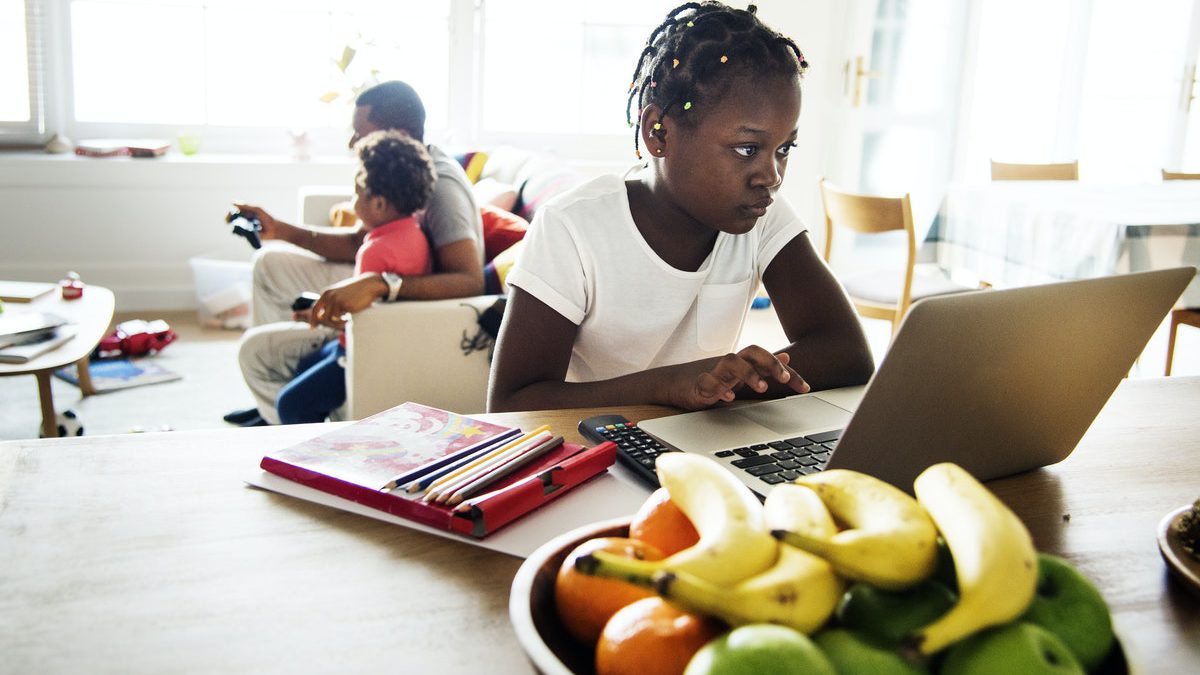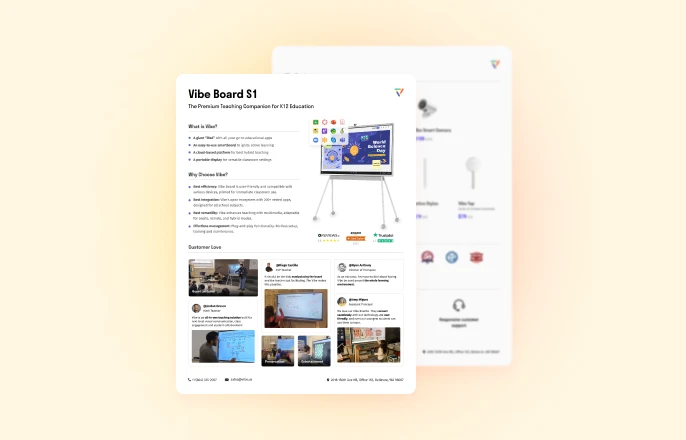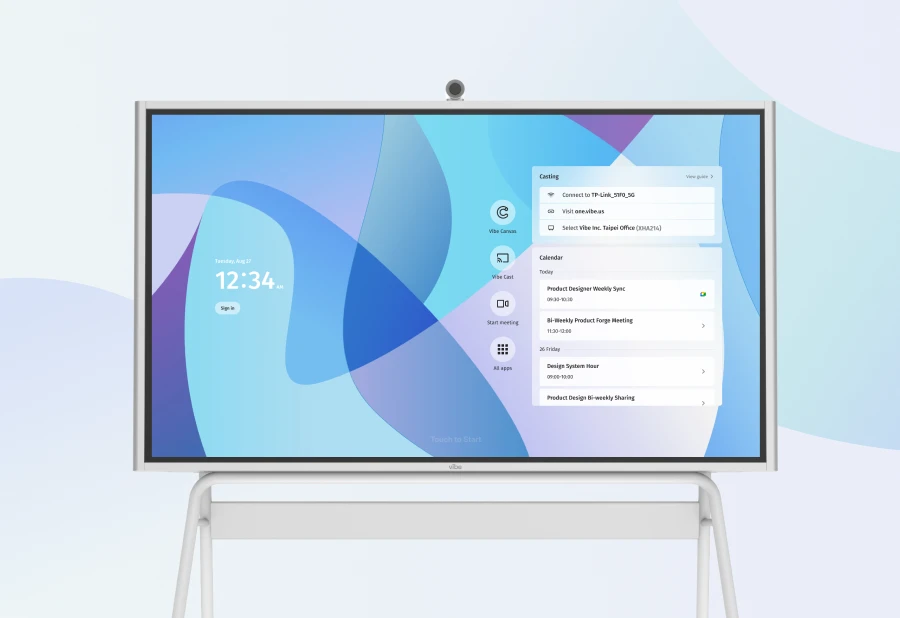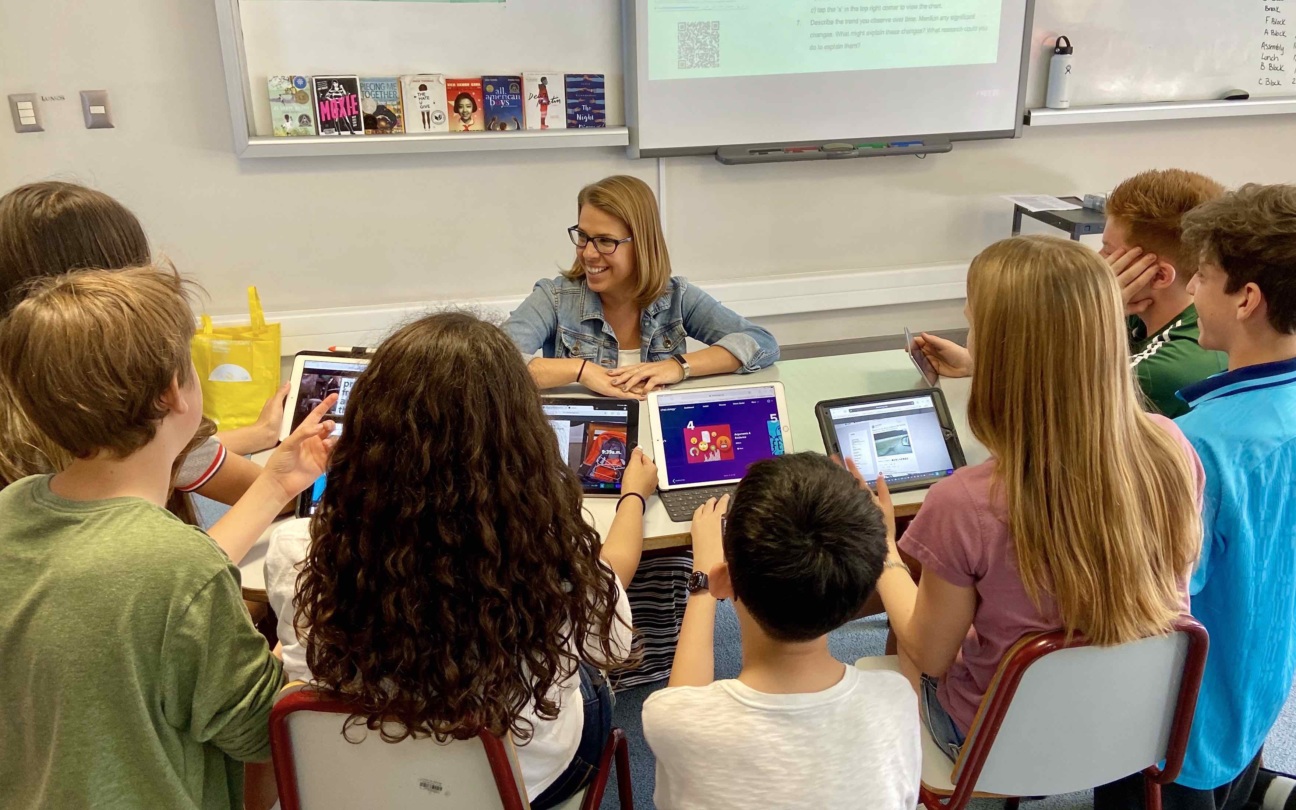Since early 2020, millions of teachers and students have had to take a new approach to the classroom. With the presence of the pandemic, we saw the rise of different types of learning, namely distance, hybrid, and blended learning. While they share some similarities, here’s what you need to know about each of them.
What is distance learning?
At the most basic level, distance learning is a way of teaching students by delivering learning materials and lectures online. In the distance learning model, students work from home rather than in a classroom.
What does distance learning look like?
For instructors, distance learning courses require a lot of prep work upfront. Unlike the classroom, where a teacher relies on lecture and discussion in a live format, distance learning is asynchronous. The basics of lesson planning are the same with themes, topics, and assignments. However, distance learning relies heavily on the use of video, text, and pre-recorded lectures.
For students, participating in distance learning can be a struggle with motivation. Typical activities include watching videos and reading text, and then responding to these lesson materials through a discussion board post. Most of the interaction that occurs in a digital learning environment is through forum posts and email.
Distance learning courses are not new, but technology has made them better. Trade schools have been offering correspondence courses for more than one hundred years. Before the age of computers, students would read textbooks and send handwritten assignments through snail mail.
Video conferencing tools are becoming more useful to bridge the gap for distance learning. Still, many students and instructors prefer the autonomous nature of these courses and the freedom to work on them when they want, and that is why they choose distance learning courses.
Related: 15 Benefits of Distance Learning for Students, Parents and Teachers
Tips for creating a distance learning environment
- Make a welcome video: Let the students get to know you better, and vice versa.
- Introduce the course: Provide a syllabus, course layout, assignments, contact info, important date, etc.
- Let students lead: Try to facilitate meaningful, engaging discussions between your students and let them lead or moderate their own.
What is hybrid learning?
In hybrid learning classes, students attend part of the course in person and use a virtual platform for the rest of the course. Unlike distance learning, which is completely online, hybrid classes require that students attend the physical classroom as well as participate online.
Advantages of hybrid learning
Hybrid courses leverage the best of both worlds. Instructors can experiment with a variety of learning activities to meet the needs of a diverse group of students. Those who perform better independently will thrive in online activities, and those who prefer social interaction will thrive in the classroom. Students also enjoy the flexibility of hybrid courses because they get some flexibility while maintaining a connection to the class.
Disadvantages of hybrid learning
Hybrid courses still contain a distance learning element and will require good time management and organizational skills for the students. In addition to a textbook, hybrid courses require a computer with access to the internet. And, for some teachers, it can be challenging to provide a variety of learning activities for both formats that don’t overlap.
Examples of hybrid learning
Hybrid learning environments are almost identical to distance learning classrooms, except that the students still visit the physical campus on occasion. How often the students visit depends, its staff, and the area’s level of precautions due to the pandemic. Hybrid learning schools typically have their students on campus anywhere from 25-50% of the time.
Tips for creating a hybrid learning environment
- Offer options: Some students prefer in-person interactions, while others would rather send an email. Be available to answer questions in person when your students meet on the campus for those who might not want to bother you with an email.
- Provide updates: Help your students stay on course by posting weekly reminders and updates about upcoming due dates and activities.
- Participate in learning: Your students will engage as you participate and support them throughout the learning process, whether you’re meeting in the classroom or over the internet.
Related: How to Set Up a Hybrid Classroom
 Distance, hybrid, and blended learning all include some amount of online coursework.
Distance, hybrid, and blended learning all include some amount of online coursework.What is blended learning?
Blended learning is proving itself to be a fantastic way of teaching and learning in a virtual environment. It also solves some of the challenges that schools and teachers are facing regarding the lack of facilities, staff, and scheduling conflicts.
Advantages of blended learning
Some advantages of blended learning include:
- Allowing students to learn in an interactive, safe environment with many collaboration options.
- Direct live communication fosters easier group socialization.
- It implements a flexible study and scheduling time, allowing more efficient use of both teacher and student time.
- It’s a cost-effective online learning solution.
- It encourages instructor-led, student-centered interactions.
Disadvantages of blended learning
Disadvantages of blended learning include:
- Options for timely and direct feedback can be limited depending on which platform the teacher and students use.
- There are fewer options for more personalized lessons.
- Blended learning can require a higher level of self-regulation than other types of learning.
Examples of blended learning
Blended learning can be face-to-face, entirely online, or a mixture of the two. What blended learning looks like depends highly on the model since there is a wide variety of blended learning types, like:
- Rotation: Students bounce from subject to subject at specified times.
- Flex: Instructors are present in more of a mentoring capacity while the students use a learning management system to control their own path.
- Online driver: This model is almost completely self-directed. Students engage with their teachers through chat or email. It provides flexibility for the students but lacks social interaction.
Tips for creating a blended learning environment
- Explain yourself: Explain to your students and their parents how the blended learning environment works and why you chose it.
- Include diverse activities: Students learn in different ways. Incorporate discussions, quizzes, games, and any learning content you can think of!
- Take advantage of media: Give your class videos to watch on their own time and discuss it when the entire group gets together.
Related: Building the Foundation for Accessible Online Courses
Choose a learning environment to meet your students’ needs
While these three learning environments all share some similarities and advantages, it’s important to choose the one that fits the needs of your students the best. You know your students better than just about anyone.
To help educators discover how to incorporate technology into teaching, explore our blog for implementation strategies and success stories. Be sure to also check out our comprehensive FAQs for teachers and school administrators.
Vibe offers a collaborative solution combining an interactive digital whiteboard and innovative smart software. Increase engagement and efficiency at your brainstorming sessions, virtual training, and classroom sessions by integrating your favorite applications with video conferencing and an infinite, mess-free writing canvas. Collaborate today with Vibe.
Looking for the latest in interactive whiteboard technology? Check out Vibe today!









-1sbltxxq4FYxHrXrwJVLsCDNsXpqNa.webp)
-5Zp0pmSytvcuYDVs1LvuwplKuRneK0.webp)
